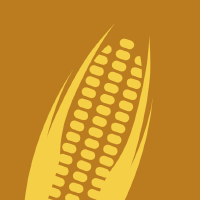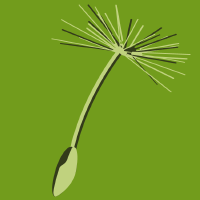Topic Editors

Advances in Industrial Crops Physioecology and Sustainable Cultivation
Topic Information
Dear Colleagues,
Industrial crops, including fiber, forest, energy crops, rubber and resins, cultivated medicinal and aromatic plants, etc., play important roles in human life. However, under the background of global climate change, frequent meteorological disasters will significantly reduce these crops’ production and quality, which will seriously restrict the sustainable production of these crops. Studying the physiological and ecological response mechanism to the changes of different environmental factors is an important approach to developing supporting cultivation techniques and an important basis for realizing the sustainable development of these crops. Therefore, manuscripts related to the physiological, ecological, and molecular mechanisms of industrial crops (non-food) in response to different environmental factors during its yield and quality formation process or related to the exploration of sustainable production approaches of industrial crop production are accepted.
Dr. Wei Hu
Prof. Dr. Zhiguo Zhou
Dr. Wenqing Zhao
Topic Editors
Keywords
- agronomy
- abiotic stress
- yield
- quality
- climate change
Participating Journals
| Journal Name | Impact Factor | CiteScore | Launched Year | First Decision (median) | APC | |
|---|---|---|---|---|---|---|

Agronomy
|
3.3 | 6.2 | 2011 | 15.5 Days | CHF 2600 | Submit |

Agriculture
|
3.3 | 4.9 | 2011 | 20.2 Days | CHF 2600 | Submit |

Crops
|
- | - | 2021 | 24.2 Days | CHF 1000 | Submit |

Seeds
|
- | - | 2022 | 26.5 Days | CHF 1000 | Submit |

MDPI Topics is cooperating with Preprints.org and has built a direct connection between MDPI journals and Preprints.org. Authors are encouraged to enjoy the benefits by posting a preprint at Preprints.org prior to publication:
- Immediately share your ideas ahead of publication and establish your research priority;
- Protect your idea from being stolen with this time-stamped preprint article;
- Enhance the exposure and impact of your research;
- Receive feedback from your peers in advance;
- Have it indexed in Web of Science (Preprint Citation Index), Google Scholar, Crossref, SHARE, PrePubMed, Scilit and Europe PMC.



